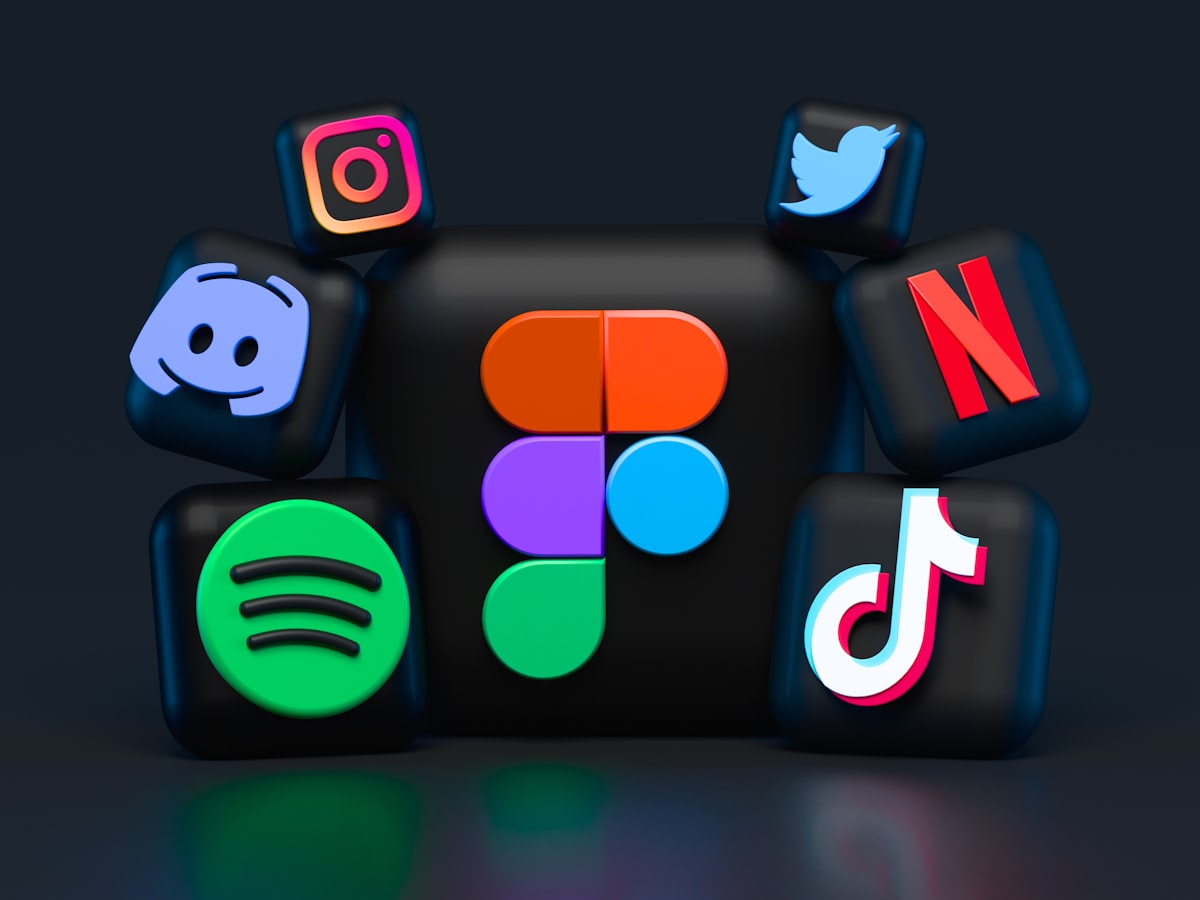Utilizing Clarity APIs for Effective Customer Resolution on Social Media with Sprinklr

Integrating Sprinklr with Clarity APIs can help address customer queries more effectively on social media. This guide walks through the process of handling customer queries and offering real-time solutions using Clarity's Knowledgebase API.
1. Listening to Social Media Queries using Sprinklr Webhooks
When customers post queries or concerns on social media platforms managed by Sprinklr, a webhook can be triggered to handle this input.
Node.js Example for Setting Up Sprinklr Webhook Listener:
const express = require('express');
const axios = require('axios');
const app = express();
app.post('/sprinklr-webhook-listener', (req, res) => {
const customerQuery = req.body.text; // Assume the Sprinklr webhook sends the text of the customer query in this format
handleCustomerQuery(customerQuery);
res.sendStatus(200);
});
const PORT = 3000;
app.listen(PORT, () => {
console.log(`Server is running on port ${PORT}`);
});
2. Handling Customer Queries with Clarity's Questions API
Upon receiving a customer query, we will use Clarity's Questions API to generate a dynamic form of questions that can help in understanding the customer's problem more deeply.
function handleCustomerQuery(query) {
axios.post('https://api.clarity.com/generate', {
userId: "sprinklrUser123",
query: [query]
})
.then(response => {
const questions = response.data.questions;
// We can now further process these questions or directly respond to the user
respondWithQuestions(questions);
})
.catch(error => {
console.error('Error generating questions:', error);
});
}
function respondWithQuestions(questions) {
// This function can use the Sprinklr API to respond back to the user with the generated questions
// For demonstration purposes, we'll just log them
console.log("Generated Questions for Customer:", questions);
}
Based on the customer's responses to the generated questions, we can search Clarity's Knowledgebase to find relevant solutions or articles that might help the user.
function offerSolutionsBasedOnResponses(responses) {
// For this example, we will search the Knowledgebase using tags from the customer's responses
const tagsToSearch = responses.map(response => response.answer); // This can be refined further based on your application logic
axios.get(`https://api.clarity.com/kb?tags=${tagsToSearch.join(',')}`)
.then(response => {
const articles = response.data;
// We can now send these articles as solutions to the customer's problem
sendSolutionsToCustomer(articles);
})
.catch(error => {
console.error('Error fetching articles:', error);
});
}
function sendSolutionsToCustomer(articles) {
// This function can use the Sprinklr API to send the fetched articles to the customer
// For demonstration purposes, we'll just log them
console.log("Suggested Articles for Customer:", articles);
}
Summary:
By integrating Sprinklr with Clarity's APIs, businesses can significantly improve their response time and quality for customer queries on social media platforms. This approach provides an efficient way to understand customer issues and offer instant solutions, leading to enhanced customer satisfaction. If you need further assistance or details on specific use-cases, please let us know!



